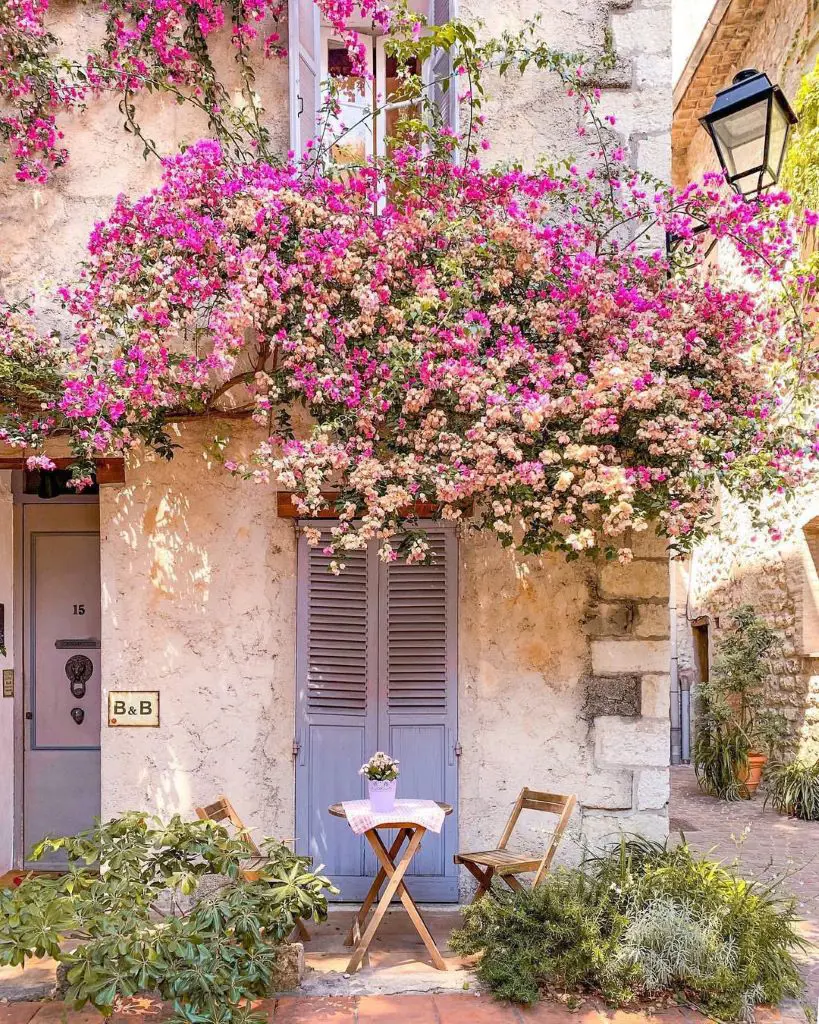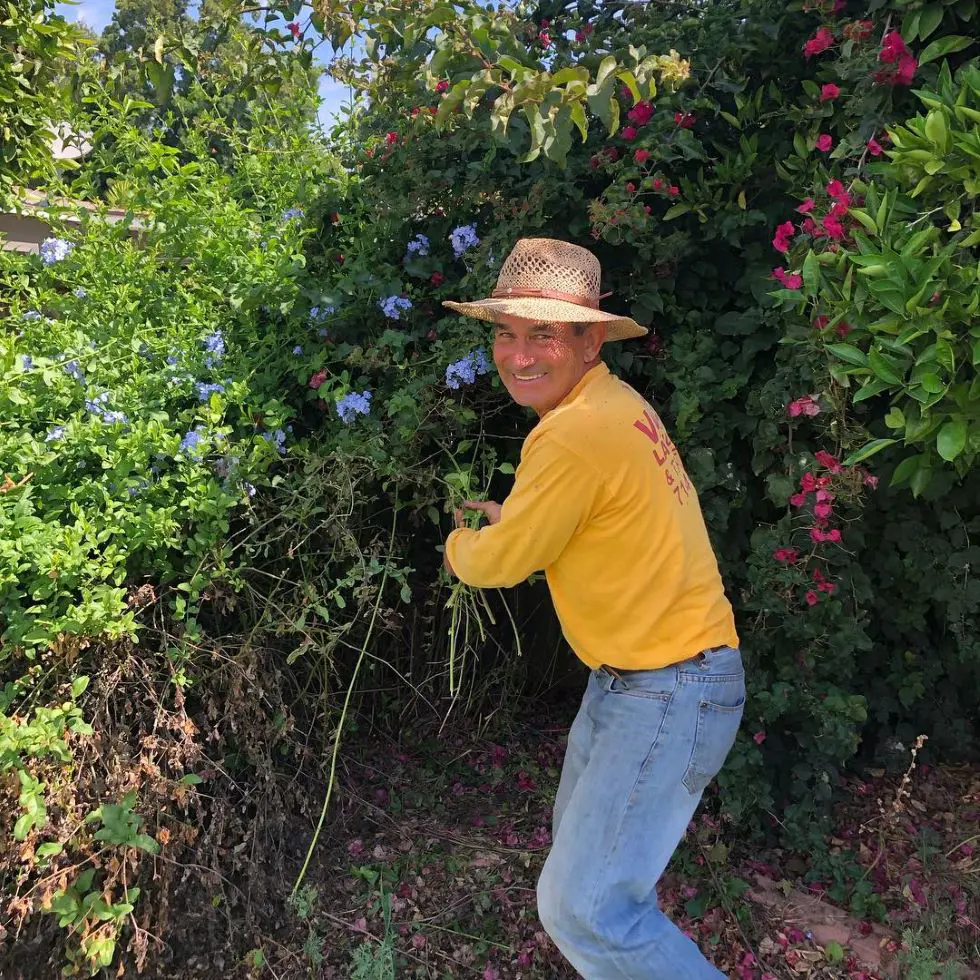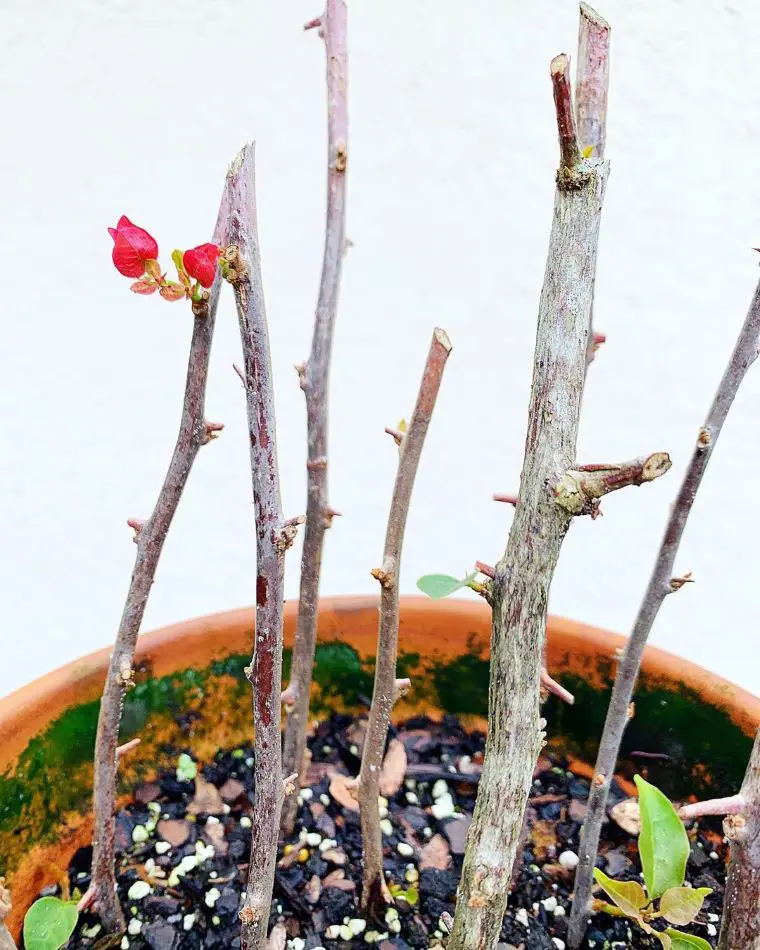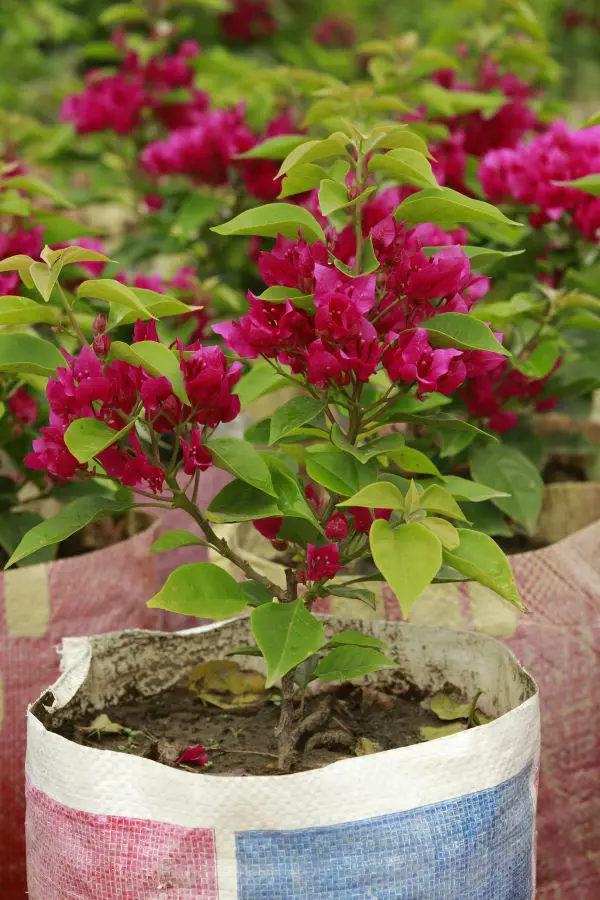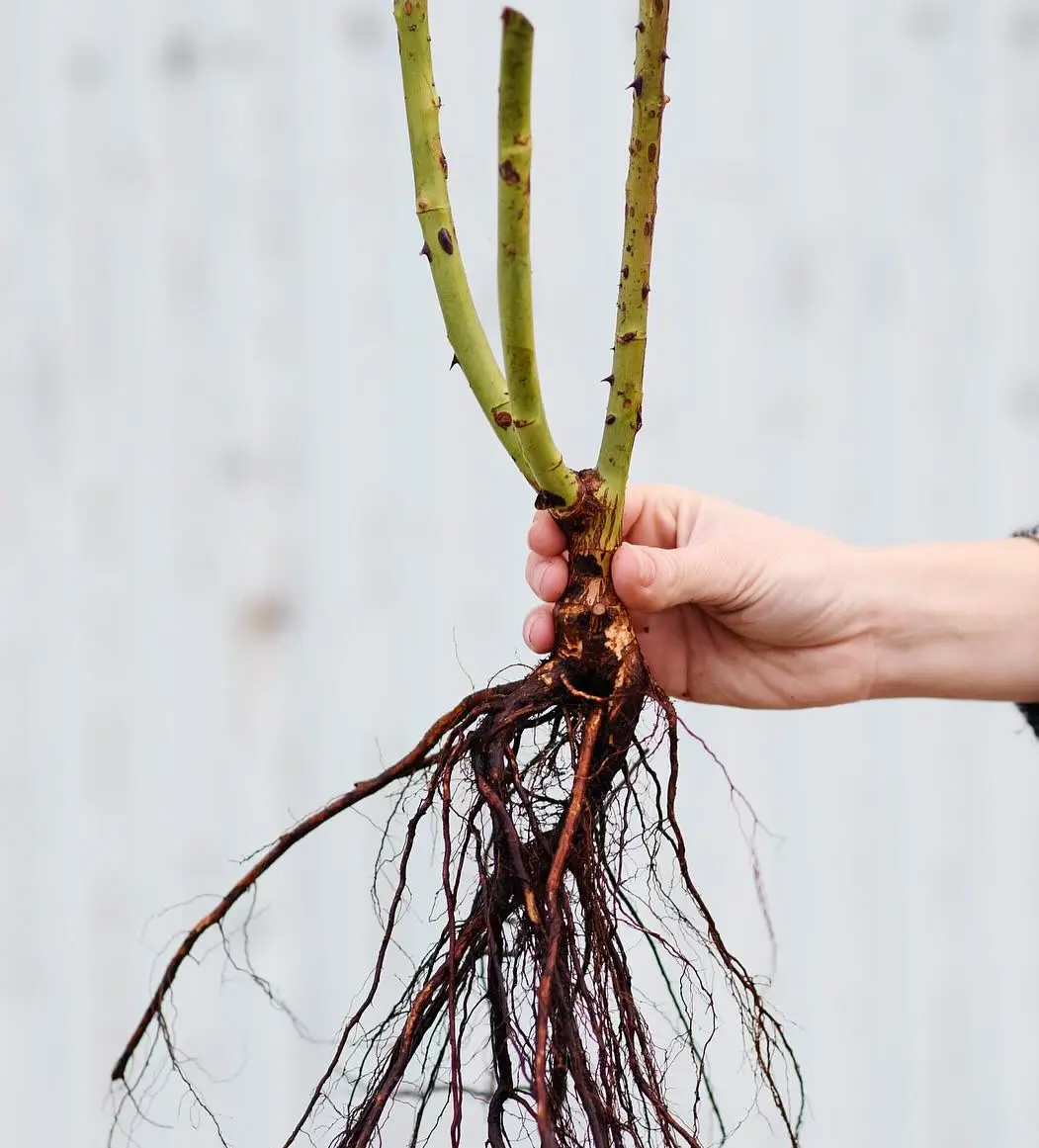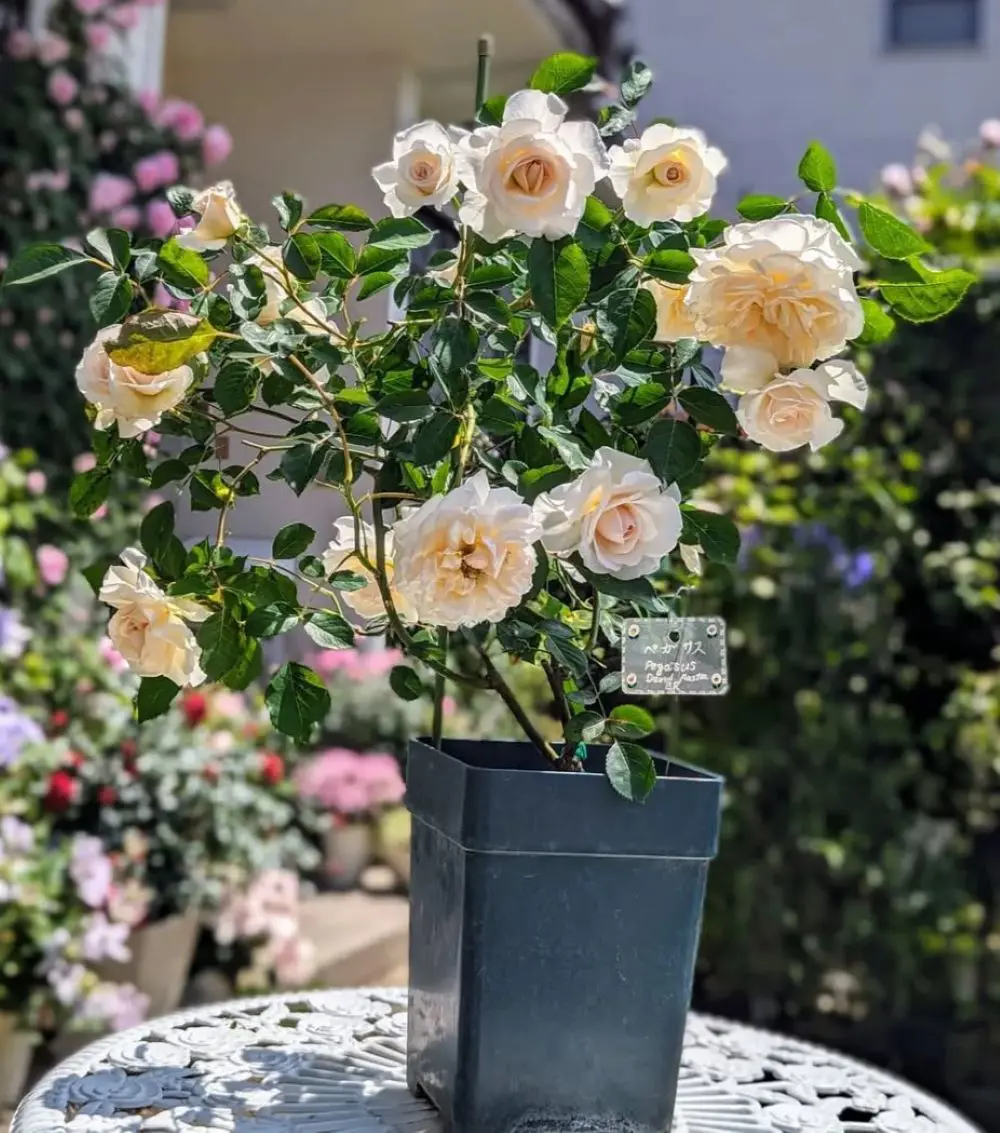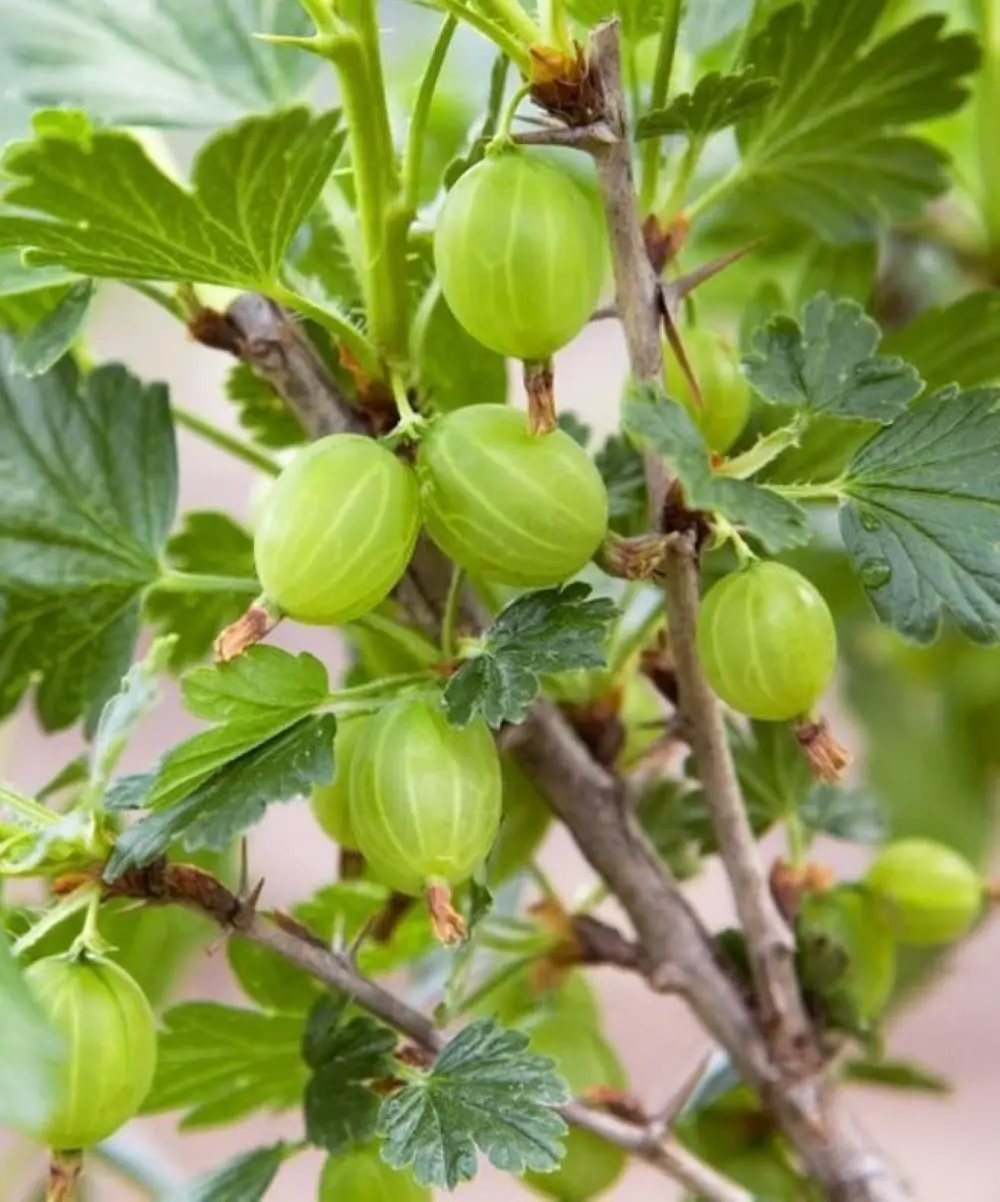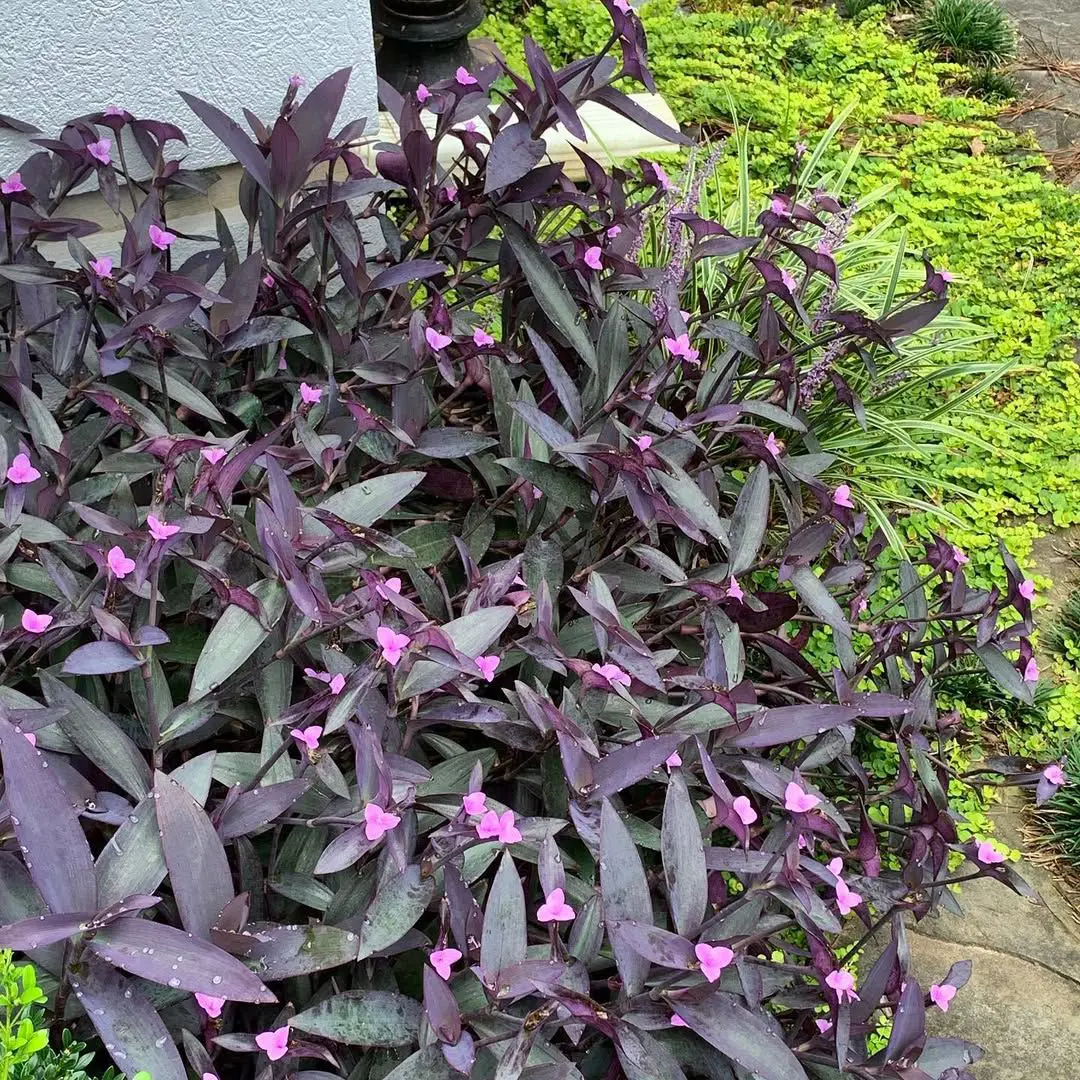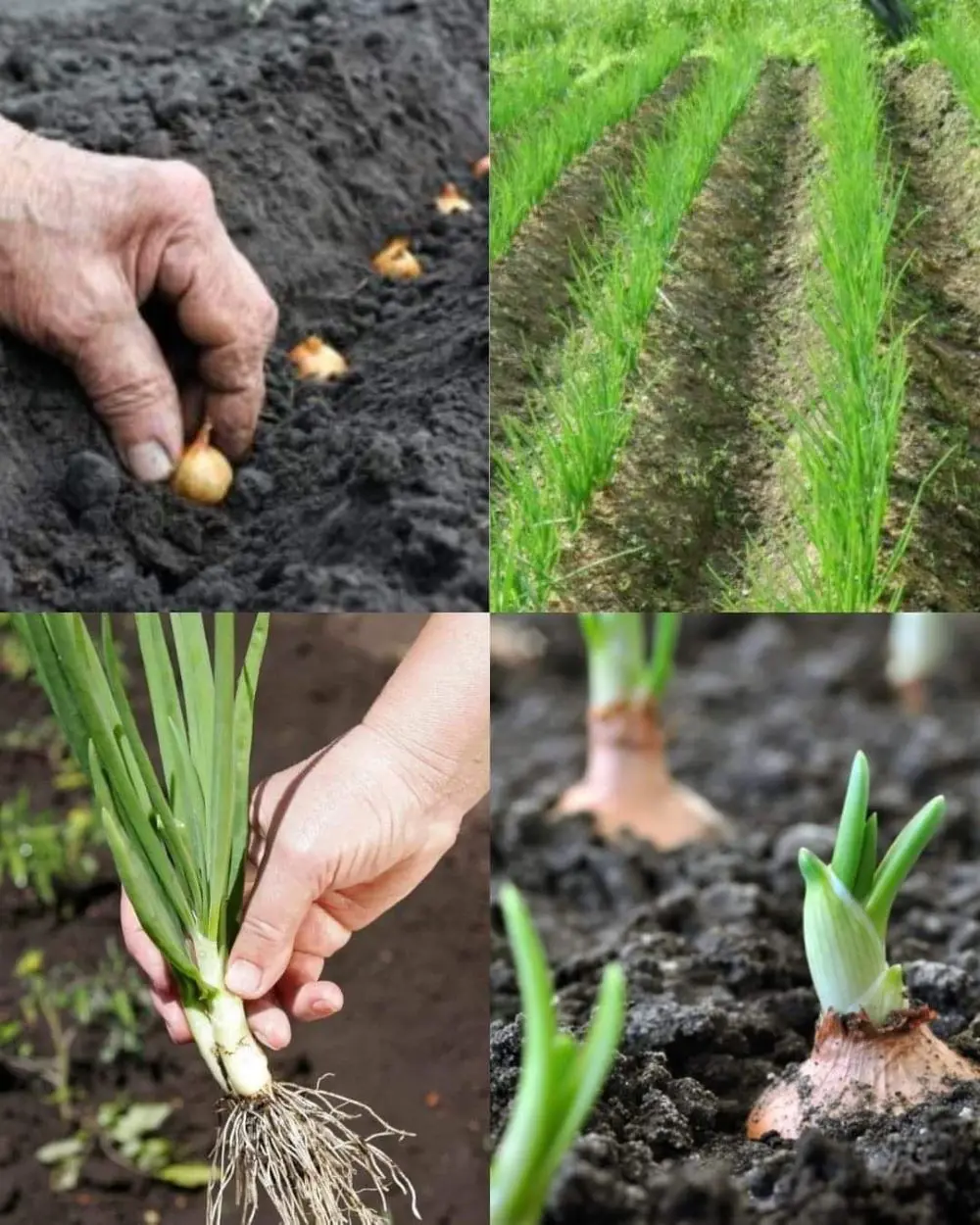When and Where to Plant Bougainvillea
The best time to plant bougainvillea is in the spring or early summer when the risk of frost has passed, and temperatures are consistently warm. Here's how to plant bougainvillea -
Light
Bougainvillea thrives in full sunlight, requiring at least 5-6 hours of direct sunlight because ample sunlight promotes vigorous growth, vibrant foliage, and abundant flowers. So, when choosing a location, ensure the plant will not be shaded by trees, buildings, or other structures for most of the day.
If planted in a partially shaded area, bougainvillea may become leggy and produce fewer blooms. Therefore, a south-facing or west-facing spot is often ideal in most regions.
Soil
Bougainvillea prefers a slightly acidic to neutral soil pH (5.5 to 7.0) that is well-draining. Sandy or loamy soil types are ideal. Before planting, amend heavy clay soils with organic matter such as compost to improve drainage. It's important to avoid overwatering, as bougainvillea is drought-tolerant and too much moisture can lead to root rot.

Bougainvillea Growing Location
Bougainvillea thrives in warm, sunny locations, so, choose a spot that receives at least 6 hours of direct sunlight each day. The plant also prefers a well-drained site, as it does not tolerate waterlogged soil. In fact, bougainvillea is ideal for planting in zones 9-11, where temperatures rarely drop below freezing.
Climate
Bougainvillea is best suited for warm climates and is sensitive to frost and prolonged cold temperatures. It thrives in USDA hardiness zones 9-11, where winters are mild, and temperatures rarely drop below freezing.
In cooler climates, consider planting bougainvillea in containers so they can be moved indoors or to a sheltered location during winter. Protecting the plant from strong winds and providing some shelter can also help it thrive in less-than-ideal conditions.
Spacing
When planting bougainvillea, space plants at least 3 to 4 feet apart to allow adequate room for growth. If you're planting them as a hedge or along a fence, you may space them closer together, around 2 to 3 feet, to encourage denser growth
Bougainvillea can also be trained to climb structures like trellises or arbors to ensure sufficient support and space for them to spread.
